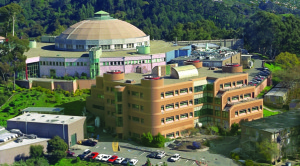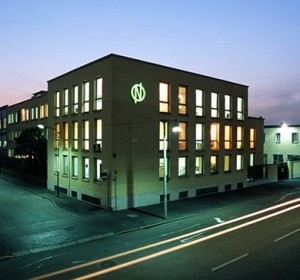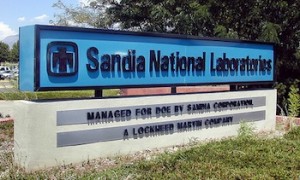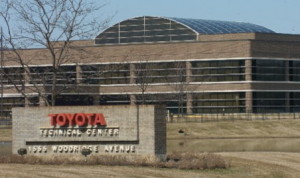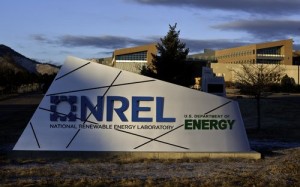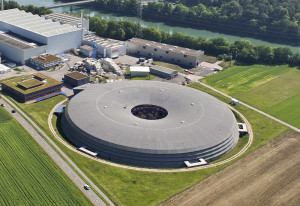Earlier this year, we looked at the Israeli start-up company StoreDot’s innovative research in battery technology that could allow a smartphone battery to charge in just 30 seconds.
Now, the same company is taking that same technology and applying it to electric vehicles.
The company is claiming to have tweaked their technology to fully charge an electric car in just five minutes.
According to StoreDot, an array of 7,000 cells could enable electric vehicles to travel up to 300 mile on just a five minute charge.
This from Ecomento:
StoreDot believes it can speed up charging by creating a new variant of the industry-standard lithium-ion chemistry. It uses nanotechnology to make new organic materials that researchers claim have lower resistance than the materials used in current lithium-ion cells. That means electricity can flow through the battery more easily.






